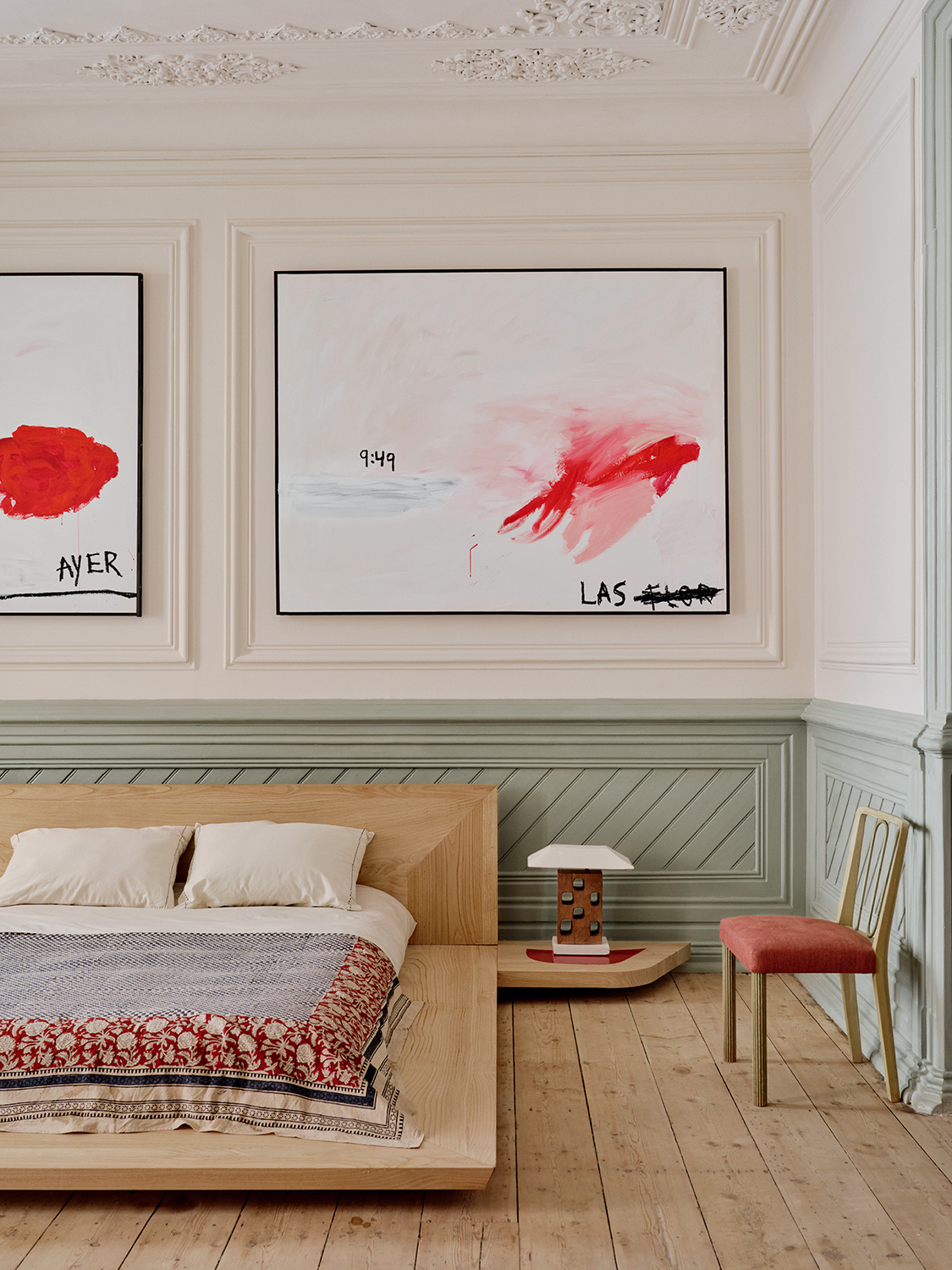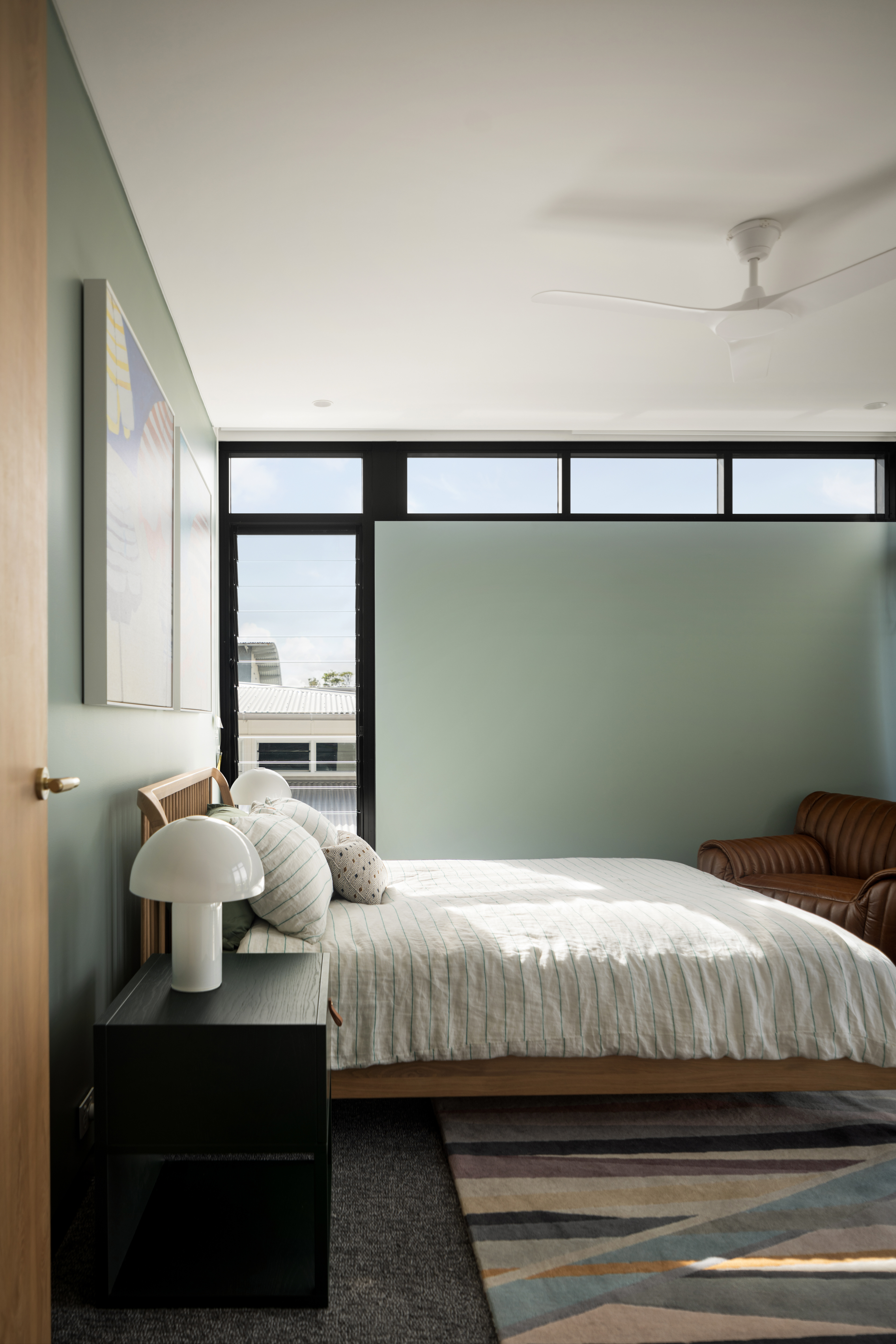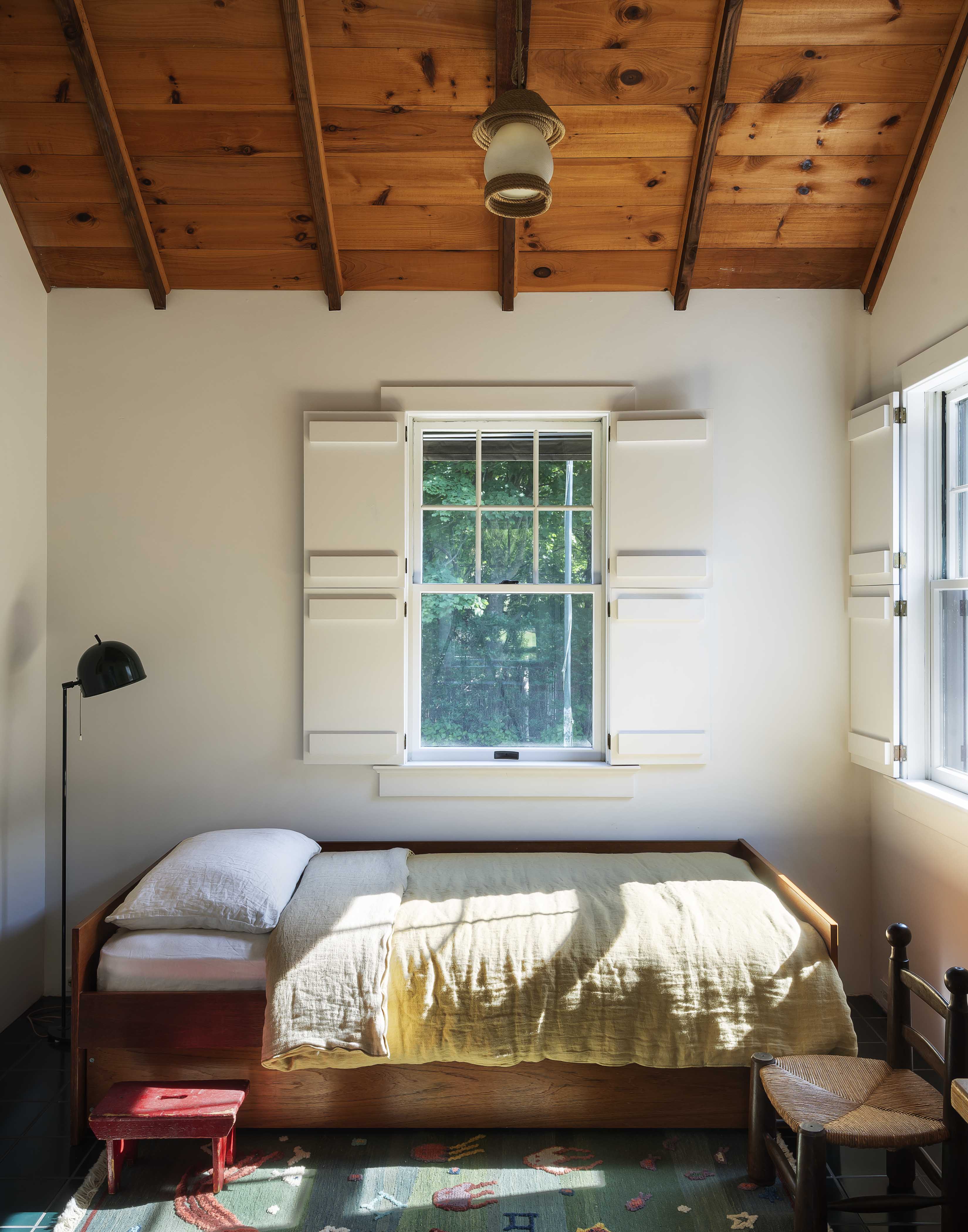How to Dry Bedding in Winter — 7 Brilliant Tricks Experts Use to Efficiently Air Out Their Bed Linen
Damp bedding and winter aren't the most compatible combination, but we've sourced some clever hacks that'll make the process as smooth as possible


Laundry is a task that we're not always up to spending energy on. It might even be the home chore that causes the most procrastination. But the final boss of laundry is definitely bedding. The large fabrics, varied washing needs, and the sheer amount of time it takes to dry — makes it feel like a tedious task.
However, the feeling of fresh sheets and a fluffy duvet stands unrivalled — especially during the chilly winter season. It's the perfect treat to satisfy the task of finally knowing how to wash bed linen. But the only qualm we have when washing in winter is the question of how to dry it quickly. And without a dryer, this ends up being a tough task to accomplish.
Luckily, we have called on the experts to provide their top tips to help us avoid musty and damp laundry smells by skillfully drying bed linens as fast as possible. From making the most of your washer to bringing fans and dehumidifiers into the mix, here's everything you can do to dry your bedding in winter.
1. Maximize Spin Cycles

Tom Ceconi, CEO at Heritage Park Laundry Essentials, tells us that efficient drying actually begins before your bedding gets thrown in the wash. In fact, the key lies in optimizing your washing settings.
"Use an extra spin cycle in your washer to remove as much water as possible before drying," advises Tom. "This step significantly reduces drying time."
So the next time it's laundry day and it's time for your bedding to get in a good rinse, remember to maximize spin cycles for minimized drying effort.
2. Strategic Hanging & Placement

While it might be easy to haphazardly arrange your laundry for drying in your utility room, we find that it's not necessarily the ideal practice for swift airing, and Tom agrees. He tells us that where you dry your bedding can make a notable difference in drying time.
The Livingetc newsletters are your inside source for what’s shaping interiors now - and what’s next. Discover trend forecasts, smart style ideas, and curated shopping inspiration that brings design to life. Subscribe today and stay ahead of the curve.
"Hang bedding on a drying rack or over the backs of chairs, ensuring airflow on all sides," he notes. "Large items like duvets should be draped loosely for even drying."
He also recommends placing your drying rack in a well-ventilated room with low humidity. "Position it near a radiator or sunny window for best results," he adds.
When it comes to learning how to dry laundry quickly indoors, simple steps like this add up to make the drying process much more pleasant.
3. Accelerate Drying With a Fan

Tom tells us that a portable fan can greatly improve airflow, speeding up the drying process. "Place it strategically to circulate air evenly around your bedding," he suggests.
"If you can't open windows to improve ventilation inside your home, consider using a fan to help dry your laundry," says Nichole Mondshein, sleep product expert at Sleepopolis. She also finds that investing in a fan for your laundry room is a great way to dry different types of bedding fast.
We found this 40" Bladeless Tower Fan from Amazon and with its 3 modes and 12 wind speeds, we have a feeling your bedding will be ready to rest on in no time.
4. Utilize the Magic of a Dehumidifier

"A dehumidifier removes excess moisture from the air, preventing dampness and musty odors," says Tom. "Plus, it’s particularly helpful in smaller drying spaces."
And Tom isn't the only expert who stands by the drying powers and dehumidifier benefits. Jill Zwarensteyn, certified sleep coach at Sleep Advisor, also encourages homeowners to invest in a quality dehumidifier ahead of winter.
"To speed up your drying process, I strongly recommend relying on gadgets like a dehumidifier which can help cut indoor air drying time down," she says. This Portable Home Dehumidifier from Walmart is a highly-rated bestseller that we believe will be a clever addition to your laundry room.
5. Call On Your Tumble Dryer for Assistance

Now, if you have a tumble dryer in your small laundry room, then we definitely recommend making the most of it over the winter. This will significantly reduce the workload of manually air-drying your bedding and you'll be able to curl up in fuzzy, warm sheets as a treat.
"If you choose to throw your bed linen in the tumble dryer, it's best to partially dry the bedding first, then finish on a rack," notes Tom. "This will help to preserve the fabric's integrity and avoid over-drying."
And if the only reason you don't have a dryer is because of how large and clunky they tend to be, then you're missing out. We spotted this Costway Portable Electric Tumble Dryer on Walmart and it's a brilliant, compact buy for homeowners who are conscious of space.
6. Flip & Rotate for Efficiency

One of Tom's favorite tips for drying bedding indoors is to periodically turn and shake them out. "This is a smart hack to prevent damp spots and ensure even drying, all across your bedspread."
Jill also appreciates the effectiveness of this task and explains that this trick is most important for bulkier items like comforters to ensure they can thoroughly dry.
The aim is always to ensure that each piece of bedding is perfectly dry. So instead of making your bed and lying down only to find that certain patches are still wet, we suggest taking the effort to participate in the flip-and-rotate method for thorough drying.
7. Avoid Overcrowding at All Costs

While you dry your clothes, Tom points out that you'll want to avoid overlapping any of your bedding elements. You might want to save space but the fact is by trapping your bedsheet under your pillowcase on the drying rack, you're keeping both fabrics from drying off.
"It's imperative to spread your bedding out as much as possible," he affirms. "Overlapping layers will trap moisture and increase the drying time, too."
By simply learning how to make the most of a small laundry room and investing in drying equipment that serves your space, you'll be able to air your bedding with ease.
Air Your Laundry in Style With These Sleek Buys

Price: $48
Size: 32"
This Wall Mounted Clothes Drying Rack hides in plain sight when it's not in use, making it a covertly clever addition to your laundry room. And if you're willing to go the extra mile, you can always paint it the color of your walls for an added disguise.

Price: $46
Size: 42'' H X 23'' W X 8'' D
This Latitude Run Foldable Wall Drying Rack from Wayfair is ideal for small laundry rooms since it makes use of vertical space without taking up any floor-bound square footage.
Whether you implement just one of these expert tips or a handful, you will certainly notice a difference in the time taken to dry your laundry in winter. And the added benefit of reducing musty smells at home is just a happy consequence.
Our pro tip to make this chore go by quicker and feel a tad more fun is to gift your laundry room some stylish clothing racks to dry clothes and other essential items. Not only will this renew your notion of laundry racks being an unavoidable eyesore, but it will also keep you from putting off the task altogether.
FAQs
How Long Does it Take to Dry Bedding Indoors?

Once you're done washing your bed linen, you might be wondering how long it's going to take until you can put these fabrics away. Well, according to Tom, drying times depend on the material and environmental factors. Here’s his breakdown.
Cotton Bedding: He explains that cotton is highly absorbent due to its hollow fiber structure, which allows it to hold significant moisture. "While this makes it ideal for moisture-wicking, it also means it takes longer to dry," he explains. "Expect four to six hours of drying time with proper ventilation."
Silk Bedding: Tom tells us that silk absorbs less water than cotton due to its smooth, dense fibers. He finds that this makes it quicker to dry, typically three to five hours under similar conditions. "Silk also offers luxurious softness, temperature regulation, and a lightweight feel that enhances its usability for indoor drying," he adds.
Linen Bedding: "Linen is more absorbent than silk but less so than cotton," Tom notes. "Drying times typically range from six to eight hours, depending on airflow and humidity levels."
Duvets and Comforters: Due to their thickness, he finds that these items can take 24-48 hours to fully dry indoors. He tells us that using a combination of tumble drying and air drying is often the most effective approach.

Amiya is a Home Wellness Writer at Livingetc. She recently graduated with a Masters Degree in Magazine Journalism from City, University of London, and has lent her words to beauty, fashion, and health sections of lifestyle publications including Harper’s Bazaar and Women’s Health. Her experience as a research analyst has equipped her with an eye for emerging trends. When she’s off the clock, she can be found reading, listening to music, or overanalyzing her latest Co-Star update.
